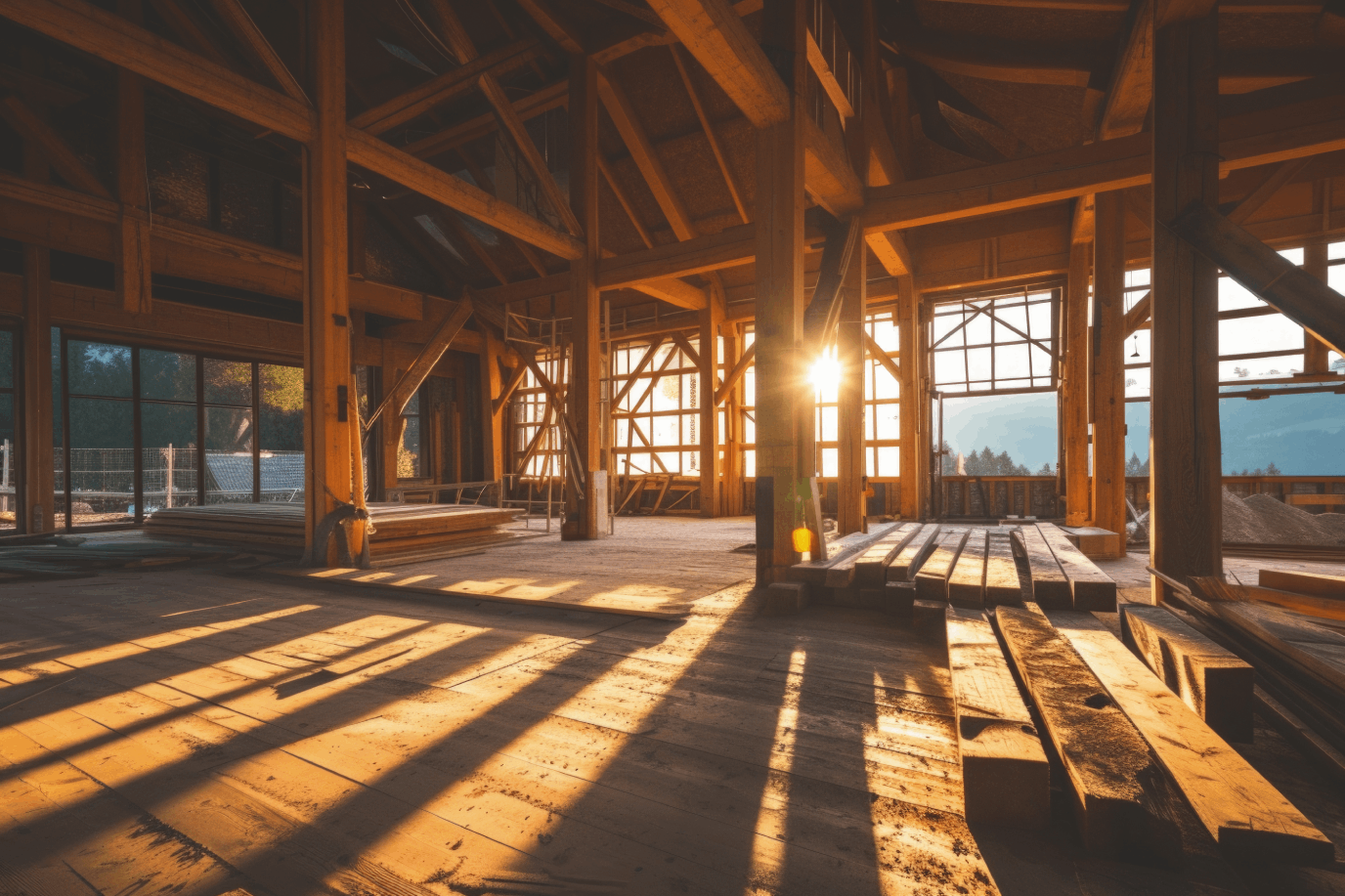
Timber frame houses have a reputation for both aesthetic appeal and structural reliability. The lifespan of these houses can be considerable, with properly maintained timber frames often lasting several centuries. Key factors influencing their longevity include the quality of the timber, the design of the structure, construction methods, and ongoing maintenance. Proper protection from moisture and pest damage is critical, as exposure to these elements can significantly reduce the durability of the timber. Historic timber frame structures in various parts of the world provide evidence that, with appropriate care, these buildings can remain sound and functional for generations. However, inadequate maintenance or the use of low-quality materials can substantially reduce the expected lifespan. Overall, the durability of a timber frame house largely depends on initial construction standards and commitment to regular upkeep.
Key Factors Influencing Timber Frame Durability
Timber frame durability is determined by several critical factors.
Moisture management is essential, as elevated moisture levels facilitate wood decay and increase the risk of pest infestations.
Selecting appropriate wood species is also important; hardwoods such as oak offer greater resilience compared to many softwoods.
Construction quality plays a significant role, with effective sealing and accurate joinery helping to minimize moisture ingress.
Routine maintenance is necessary to identify and address issues such as damage or dampness at an early stage.
Additionally, design elements like extended roof overhangs and the application of waterproofing treatments can provide further protection against adverse weather conditions and subsequent deterioration.
These measures together contribute to the longevity and structural integrity of timber frame buildings.
Similar principles apply to other wooden structures such as log cabins in Ireland, where durability and resistance to the elements are essential due to the country's wet climate.
Historical Examples of Long-Lasting Timber Structures
Various historical examples demonstrate the durability of timber frame construction.
In Europe, Germany's Fachwerkhäuser, some of which date back to the 14th century, remain in use today. England's Barley Barn, constructed in 1270, is another example of a timber structure that has endured for centuries.
In Asia, Japan's Hōryū-ji temple, built in 607, is recognized as the oldest surviving timber building in the world.
Timber frame houses built in North America during the mid-1700s also still serve as residences.
These instances indicate that, under favorable conditions and with appropriate maintenance, timber frame buildings can remain structurally sound for several centuries, often outlasting more modern construction methods.
Essential Maintenance Practices for Longevity
Timber frame houses are inherently durable but require consistent maintenance to ensure long-term structural integrity.
Annual inspections are advisable to identify and address potential issues such as moisture damage, pest infestations, or signs of structural deterioration.
Maintaining an indoor humidity level between 30% and 50% helps minimize the risk of mold growth and wood rot.
Protecting the exterior with appropriate sealants, installing effective flashing, and applying wood preservatives can reduce water intrusion and decay.
Adequate ventilation is also important for limiting the potential for fungal growth and deterring insect activity.
Addressing minor repairs in a timely manner and adhering to routine maintenance schedules contribute significantly to the extended service life of a timber frame home.
Common Challenges and Preservation Strategies
While timber frame houses are generally durable, they're subject to certain challenges that can affect their longevity if not addressed appropriately. Common issues include moisture intrusion, pest infestation, and wood decay.
Inadequate maintenance may lead to the deterioration of structural components. It's advisable to inspect the timber frame at least annually to identify early signs of damage or wear.
Controlling indoor humidity levels—ideally maintaining them between 30% and 50%—in combination with adequate ventilation, can help minimize the risk of rot and mold.
Applying protective treatments such as borate can be effective in deterring wood-damaging insects and fungal decay.
Timely sealing of cracks and the repair of leaks are essential measures to preserve the structural soundness of timber frames over time.
These proactive measures are just as vital when caring for timber cabins, which also depend heavily on preventative upkeep to withstand the natural elements.
Enhancing Resale Value and Modernization Options
Timber frame houses are recognized for combining traditional building techniques with contemporary features, which contributes to stable resale value and broad market appeal.
Features such as large windows and in-floor heating enhance both functionality and comfort. To further increase a timber frame home’s resale value, owners can consider modernization options like upgrading to structural insulated panels (SIPs) to improve energy efficiency.
Routine maintenance and timely repairs help preserve the home’s condition and maintain its competitiveness in the market. Updating heating and cooling systems can make the property more attractive to buyers seeking energy efficiency.
Custom architectural designs and the use of high-quality materials can provide additional long-term value, making timber frames a practical investment choice.
Conclusion
When you invest in a timber frame house, you’re choosing a home that can truly stand the test of time—often centuries—with the right care. By keeping up with maintenance, protecting against moisture and pests, and learning from historic examples, you’ll ensure your home stays strong and beautiful for generations. With a little effort and attention, your timber frame house won’t just be a home; it’ll be a lasting legacy and a valuable asset.